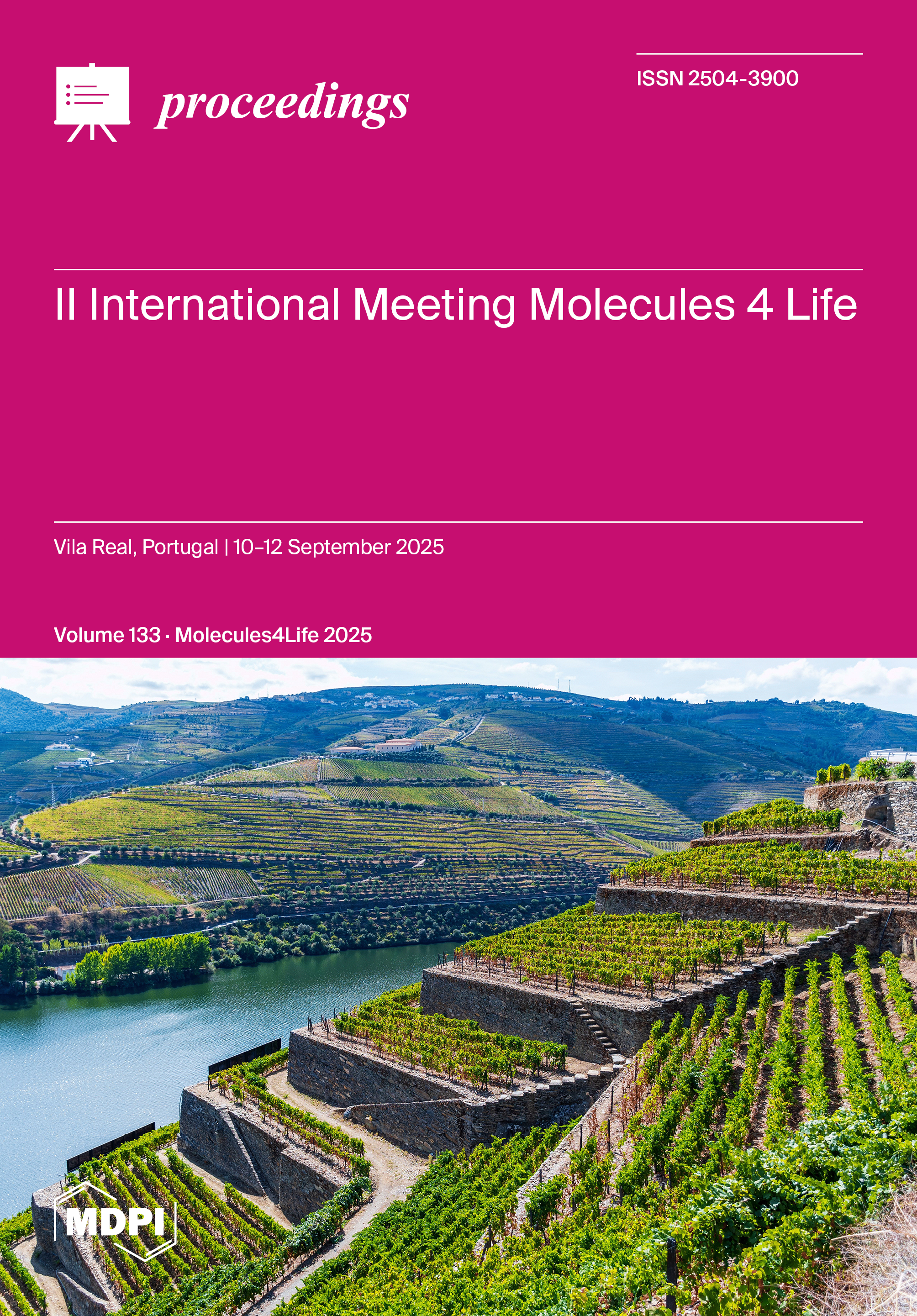All Issues

ISSN 2504-3900
Volume 130 - Issue 1 FHS Research Day 2025 2025

Vol. 130, Iss 1
FHS Research Day 2025

ISSN 2504-3900
Volume 122 - Issue 1 AHRG Meeting 2025

Vol. 122, Iss 1
AHRG Meeting

ISSN 2504-3900
Volume 112 - Issue 1 ABREAST Conference 2024 2025

Vol. 112, Iss 1
ABREAST Conference 2024
of 5

































